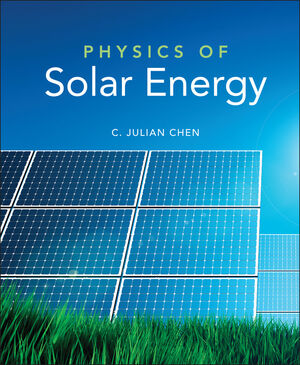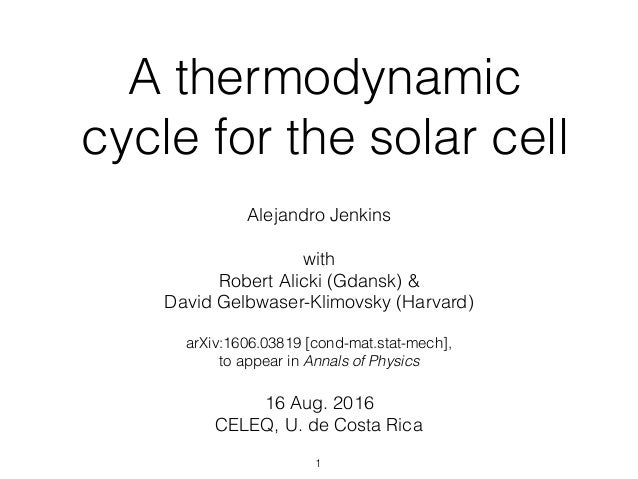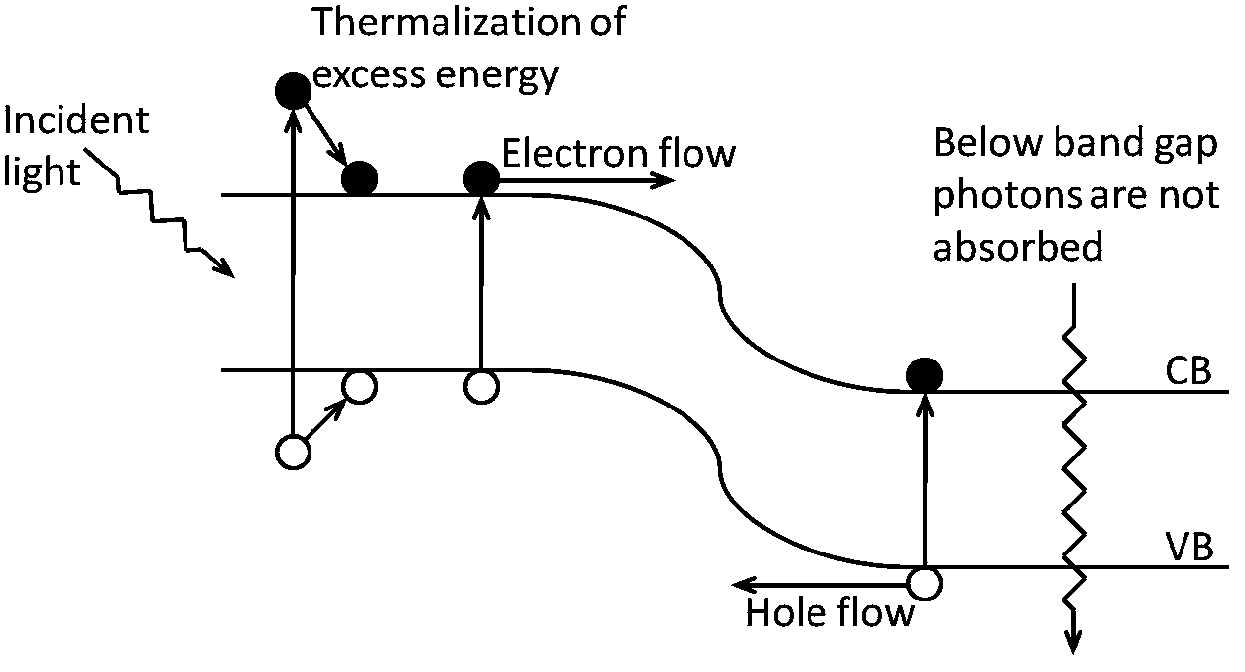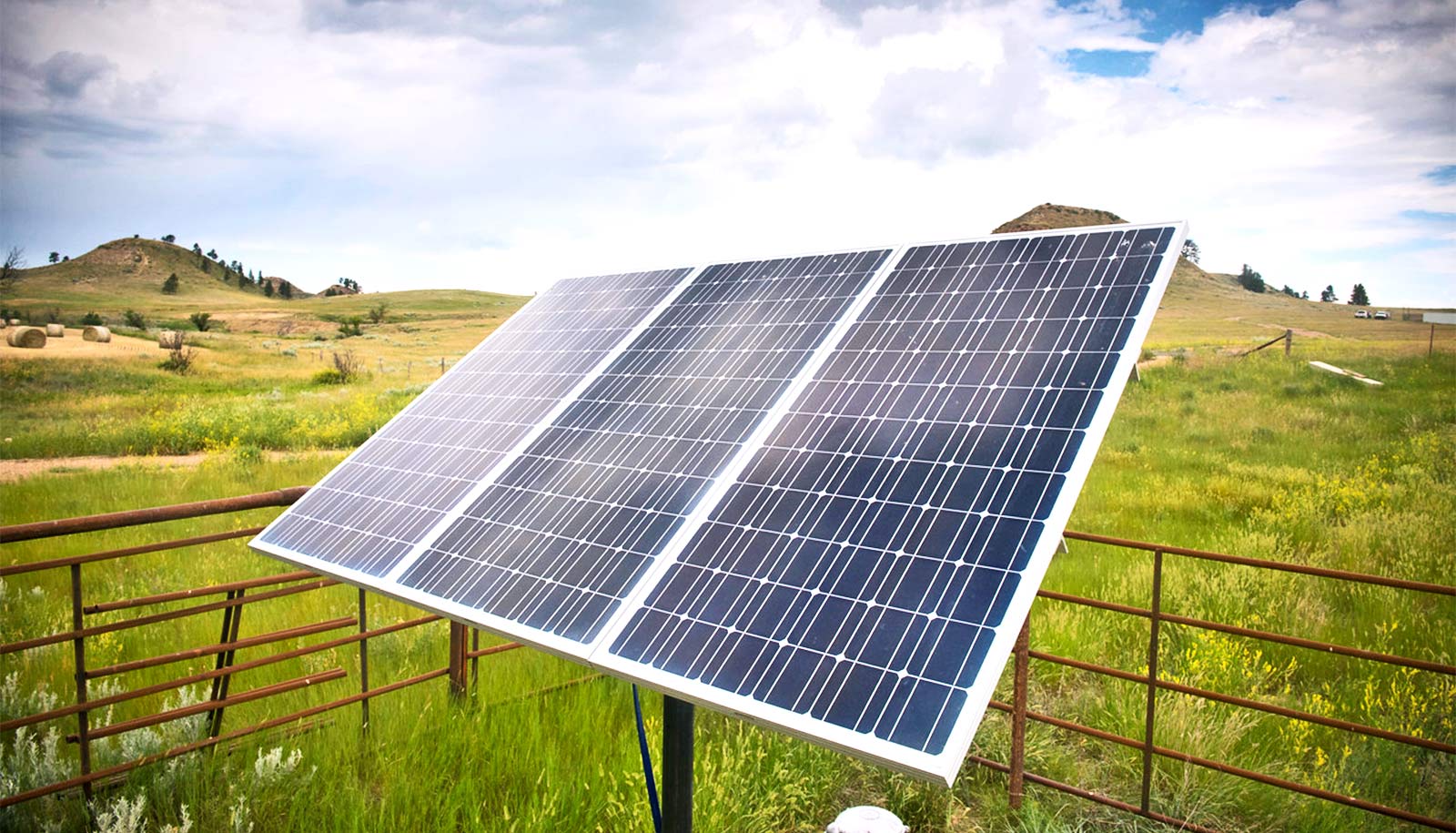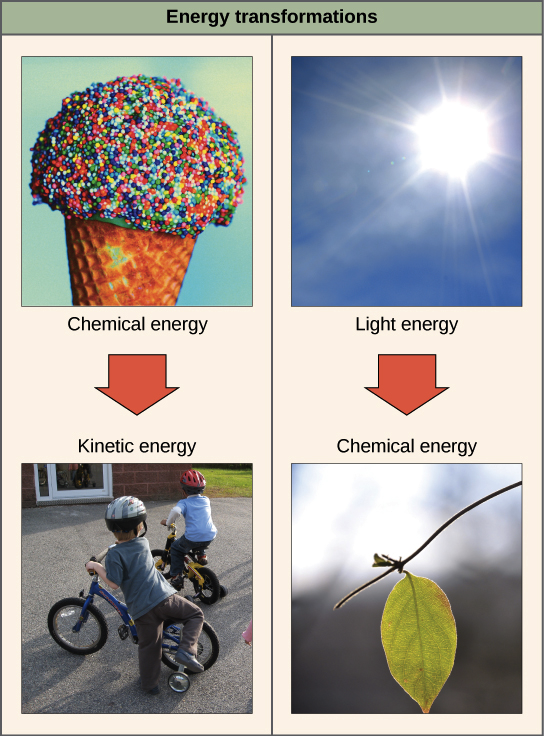With growing interest in the field of renewable energy this may be a good opportunity to introduce your students to real world applications of principles covered in class.
Physics solar panels thermodynamics.
The electricity generated is multiplied by the number of solar cells in each solar panel and the number of solar panels in each solar array.
It also turns out that the thermodynamic view of semiconductor physics leads quite naturally to a concept of solar cells in terms of electron and hole selective membranes thus giving a solid underpinning for the development of passivating contacts see also fig.
More specifically carnot s theorem applies to photovoltaics and any other solar energy system where the hot side of the heat.
In the extreme case if you try to get all your energy from solar then you will have to erect enough panels that you have far more than you need in the middle of a summer day when there is no cloud and so the best design is the one that produces the most energy when the sun is low.
So although the solar panels might directly cause a little cooling the electricity they generate causes warming.
In transmission lines it would seem we are radiating less back to space.
Despite the enormous energy flux supplied by the sun the three conversion routes supply only a tiny fraction of our current and future energy needs.
The second law of thermodynamics forbids a 100 efficient solar cell.
What is thermodynamic solar energy.
This application of solar energy is a technological system that takes advantage of the difference between the temperature of the liquid in the solar panels in this case thermodynamic panels and the ambient temperature.
In thermodynamic solar energy solar panels carry a.
Solar photons convert naturally into three forms of energy electricity chemical fuel and heat that link seamlessly with existing energy chains.
The solar panels generate electricity as long the sun hits the solar panels.
Since solar energy is radiated partially back to space then when a portion of it is captured and converted to electricity which performs work and rseleases heat e g.
There are a number of physics topics that relate directly to the core principles underlying the development of solar panels.
The higher the rate of photons striking the solar cell the more power it can produce.

